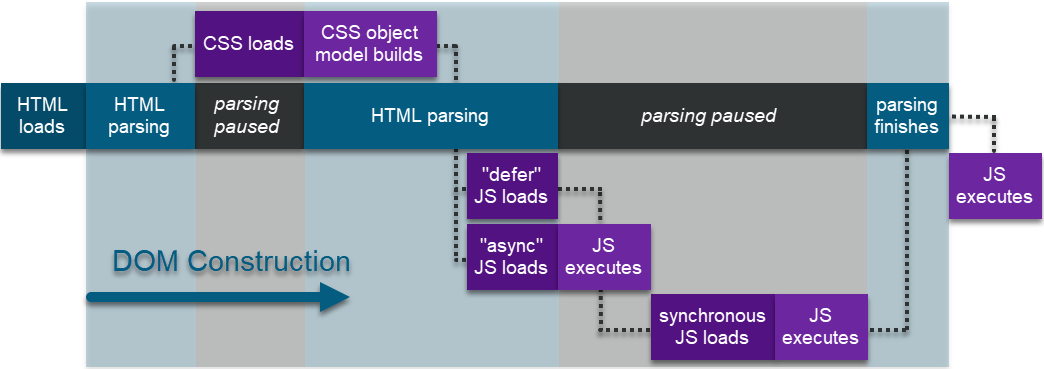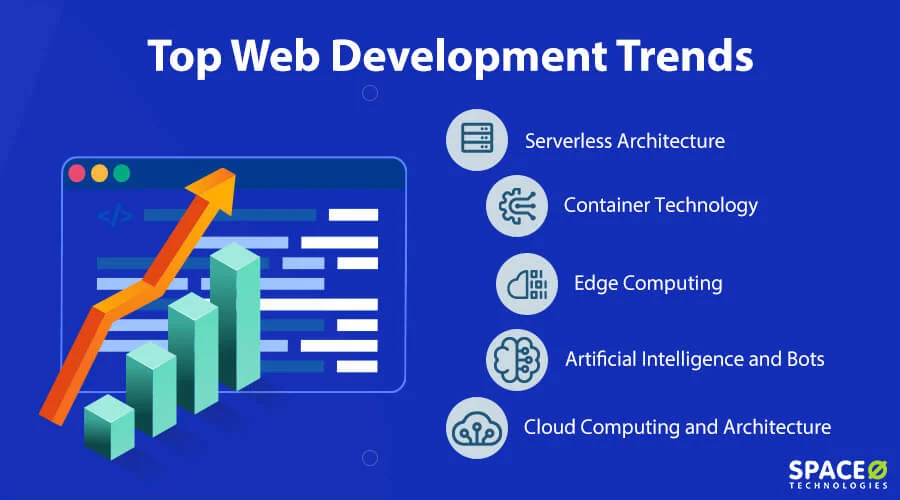From HTML to Live Website: Transform Your Code into Visual Reality
Bridging the Gap Between Code and Creation
I've discovered that the fundamental challenge of turning static HTML into dynamic, live websites isn't just about technical implementation—it's about visualization. Whether you're a developer with HTML templates, a designer exporting from tools, or a business updating legacy sites, seeing your code come to life instantly changes everything. This is where PageOn.ai's philosophy of "Turn Fuzzy Thought into Clear Visuals" revolutionizes HTML transformation.
Understanding the HTML-to-Website Journey
When I talk about "converting HTML to webpage," I'm really describing the transformation from static code files into live, interactive websites that users can access and engage with. It's a journey that involves much more than simply uploading files to a server.
The HTML Transformation Process
Below is a visualization of how HTML code transforms into a live website:
flowchart LR
A[HTML Files] --> B["Processing & Enhancement"]
B --> C[Visual Editing]
C --> D[Hosting Setup]
D --> E[Live Website]
B --> F[Add Responsive Design]
B --> G[Optimize Assets]
C --> H[Visual Builder Tools]
C --> I[AI Enhancement]
style A fill:#FFE5CC
style E fill:#D4F1D4
style H fill:#FFD4E5
style I fill:#E5D4FF
The key components I've identified as essential include hosting infrastructure, domain setup, responsive design implementation, and visual editing capabilities. Each of these elements presents its own challenges—from manual coding adjustments to complex deployment processes and design limitations.
Traditional Methods vs. Modern Solutions
Traditional Approach
- • Manual FTP uploads and server configurations
- • GitHub Pages for static hosting
- • Text editor-based modifications
- • Command-line deployment tools
Modern Solutions
- ✓ Visual website builders with code import
- ✓ AI-powered conversion tools
- ✓ Drag-and-drop interfaces
- ✓ One-click deployment systems

Tools and Technologies Transforming HTML Conversion
I've explored numerous tools that are revolutionizing how we convert HTML to live websites. The landscape has evolved dramatically, with solutions ranging from browser extensions to sophisticated AI-powered platforms.
Popular HTML Conversion Tools Adoption
User adoption rates across different conversion tool categories:
Key Technologies I've Identified
- Chrome Extensions: Tools like html.to.design have garnered over 400,000 users, enabling instant capture of existing websites
- Figma Plugins: Enabling bidirectional design-to-code workflows with 1.7M+ users
- Professional Builders: TeleportHQ and similar platforms offering clean code export capabilities
- WordPress Converters: Successfully transforming 41,429+ static sites into dynamic CMS platforms
Leveraging PageOn.ai's AI Blocks for HTML Enhancement
What excites me most about PageOn.ai's approach is how it transforms static HTML elements into dynamic, modular blocks. Instead of wrestling with complex layout coding, I can now build websites "like LEGOs"—combining HTML components visually. This integration with HTML drag and drop capabilities creates a seamless editing experience that feels intuitive and powerful.

The Visual Revolution: From Code to Canvas
I've witnessed firsthand how visual editors are democratizing web development. The shift from text-based HTML editing to visual manipulation isn't just a convenience—it's a paradigm shift that's saving businesses thousands of dollars and countless hours.
Real-World Impact
"I was getting $4,000-$5,000 quotes to convert my static HTML to WordPress. With modern visual tools, I completed the entire conversion myself in an afternoon." — Arlo Gilbert, Entrepreneur
Cost Comparison: Traditional vs Visual Conversion
Average costs for converting a 10-page HTML website:
PageOn.ai's Vibe Creation: The Future of Web Development
What truly sets PageOn.ai apart is its Vibe Creation feature—I can simply tell the AI what I need instead of coding it manually. This approach aligns perfectly with modern website page builders while maintaining the flexibility developers need.
Deep Search Integration for Asset Management
Traditional Asset Management
- • Manual image searching
- • Time-consuming asset linking
- • Inconsistent visual style
- • License verification challenges
PageOn.ai Deep Search
- ✓ Automatic visual discovery
- ✓ Intelligent asset integration
- ✓ Cohesive visual narratives
- ✓ Built-in license compliance

Practical Implementation Strategies
Through my experience, I've developed a systematic approach to converting HTML to live websites that maximizes efficiency while maintaining quality. Let me share the workflow that has proven most effective.
Step-by-Step Implementation Workflow
My proven workflow for HTML to website conversion:
flowchart TD
A[Prepare HTML Files] --> B{Framework Check}
B -->|Bootstrap| C[Apply Bootstrap Optimization]
B -->|Foundation| D[Apply Foundation Optimization]
B -->|Custom CSS| E["Analyze & Optimize CSS"]
C --> F[Import to Visual Builder]
D --> F
E --> F
F --> G[Visual Enhancement]
G --> H[Mobile Optimization]
H --> I[SEO Configuration]
I --> J[Deploy to Production]
G --> K[Add Interactive Elements]
K --> H
style A fill:#FFE5CC
style J fill:#D4F1D4
style G fill:#E5D4FF
Best Practices for HTML Preparation
- 1. Clean Your Code: Remove unnecessary comments, inline styles, and deprecated tags
- 2. Organize Assets: Structure images, CSS, and JavaScript in logical directories
- 3. Validate HTML: Ensure W3C compliance for smooth conversion
- 4. Responsive Ready: Include viewport meta tags and flexible layouts
- 5. SEO Foundation: Preserve meta tags, headings hierarchy, and semantic HTML
Advanced Features and Automation
PageOn.ai's Agentic approach—Plan, Search, Act—transforms HTML conversion from a manual process into an intelligent workflow. The system automatically identifies optimization opportunities, suggests improvements, and implements changes based on best practices. This integration with online page builders enables rapid deployment without sacrificing quality.
AI analyzes HTML structure and creates optimization strategy
Discovers relevant assets and enhancement opportunities
Implements improvements and deploys optimized website

Beyond Basic Conversion: Creating Dynamic Experiences
I've learned that converting HTML to a website is just the beginning. The real magic happens when we transform static pages into dynamic, interactive experiences that engage users and adapt to their needs.
Interactive Features Implementation Rate
Most requested dynamic features in HTML conversions:
Adding Interactivity Through Visual Tools
With PageOn.ai's visual approach, I can add sophisticated interactions without writing a single line of JavaScript. The platform's AI understands intent and automatically generates the necessary code, making complex features accessible to everyone.
- ✨ Hover Effects: Automatic state management for interactive elements
- ✨ Scroll Animations: Parallax effects and reveal animations
- ✨ Dynamic Content: Real-time updates without page refreshes
- ✨ Form Validation: Intelligent input checking and user feedback
Professional Applications and Use Cases
Agency Workflows
Converting client HTML to manageable systems with version control, collaborative editing, and automated deployment pipelines.
Designer-Developer Collaboration
Bridging the gap between design and development through visual interfaces that both teams can understand and work with.
Educational Environments
Teaching web development visually, allowing students to see immediate results and understand the relationship between code and output.
Enterprise Modernization
Updating legacy HTML systems to modern, maintainable platforms without disrupting business operations.

Future-Proofing Your HTML Conversions
As I look toward the future of web development, I see a landscape where the lines between code and visual design continue to blur. The key to success lies in building systems that remain flexible, scalable, and adaptable to emerging technologies.
Evolution of HTML Conversion Technologies
The progression from manual coding to AI-powered visual development:
flowchart LR
A[1990s: Manual HTML] --> B[2000s: WYSIWYG Editors]
B --> C[2010s: Responsive Frameworks]
C --> D[2020s: Visual Builders]
D --> E[Today: AI-Powered Tools]
E --> F["Future: Voice & Intent"]
style E fill:#FF8000,color:#fff
style F fill:#9C27B0,color:#fff
Essential Future-Proofing Strategies
Maintaining Clean, Exportable Code
I always ensure that converted websites maintain clean, semantic HTML that can be exported and modified outside of visual tools. This flexibility prevents vendor lock-in and ensures long-term maintainability.
Cross-Platform Compatibility
Building with progressive enhancement principles ensures websites work across all devices and browsers, from the latest smartphones to legacy systems still in use by many organizations.
Scalable Architecture
Starting with simple HTML foundations, I design systems that can grow into complex applications. PageOn.ai's modular approach makes this scaling process intuitive and manageable.
The Convergence of AI, Visual Design, and Code Generation
PageOn.ai's approach to "Better Content Expression" is shaping the future of HTML transformation. I'm witnessing emerging trends that will revolutionize how we create web experiences:
Voice-to-Website
Describe your website verbally and watch it materialize
AI-Assisted Design
Intelligent suggestions that improve as they learn your style
Automated Optimization
Real-time performance tuning without manual intervention

The journey from HTML to live website has evolved from a technical challenge to a creative opportunity. With tools like PageOn.ai leading the way, I'm no longer constrained by the traditional boundaries between design and development. The future belongs to those who can visualize their ideas and transform them into reality—quickly, efficiently, and beautifully.
Transform Your Visual Expressions with PageOn.ai
Ready to revolutionize how you convert HTML to stunning websites? Join thousands of creators who are already using PageOn.ai to turn their code into visual masterpieces. Experience the power of AI-driven design and see your ideas come to life instantly.
Start Creating with PageOn.ai TodayYou Might Also Like
Achieving Visual Balance in Educational Interface Design | Expert Guide
Discover how to create harmonious educational interfaces through visual balance principles. Learn spatial organization, color dynamics, and typography techniques to enhance learning experiences.
Crafting Emotionally Resonant Digital Experiences: AI-Powered Vibe Design
Explore how AI-powered vibe design is transforming digital interfaces from functional to emotionally resonant experiences. Learn techniques for creating interfaces that connect with users on a deeper level.
The Ultimate Design Tools & Workflow Ecosystem for Creative Professionals
Discover essential design tools and optimized workflows for creative professionals. Learn how to build a cohesive ecosystem of visual tools that streamline ideation, feedback, and asset management.
Creating Memorable Experiences That Sell Themselves | Experience Design Guide
Discover how to craft memorable customer experiences that drive organic growth. Learn the psychology, storytelling techniques, and visual design strategies that transform customers into advocates.